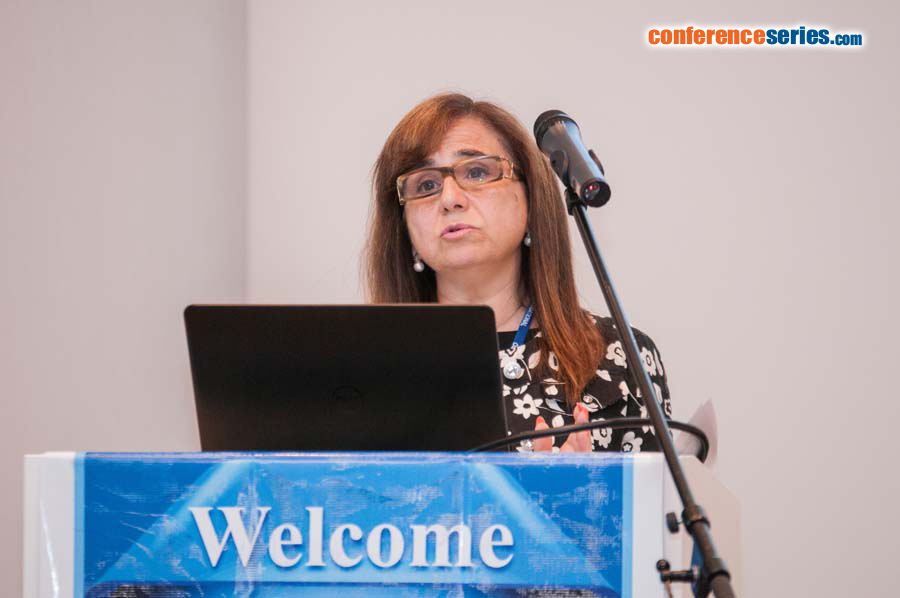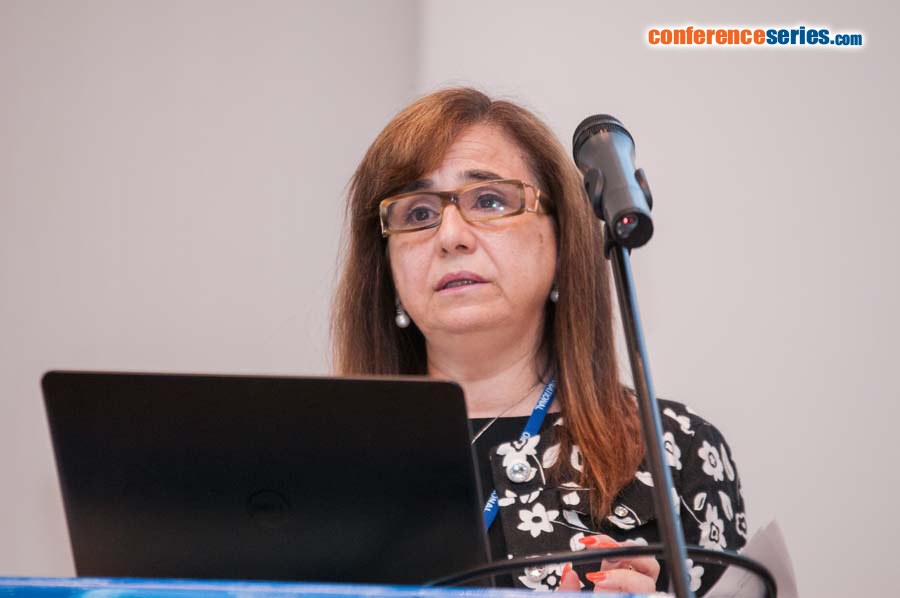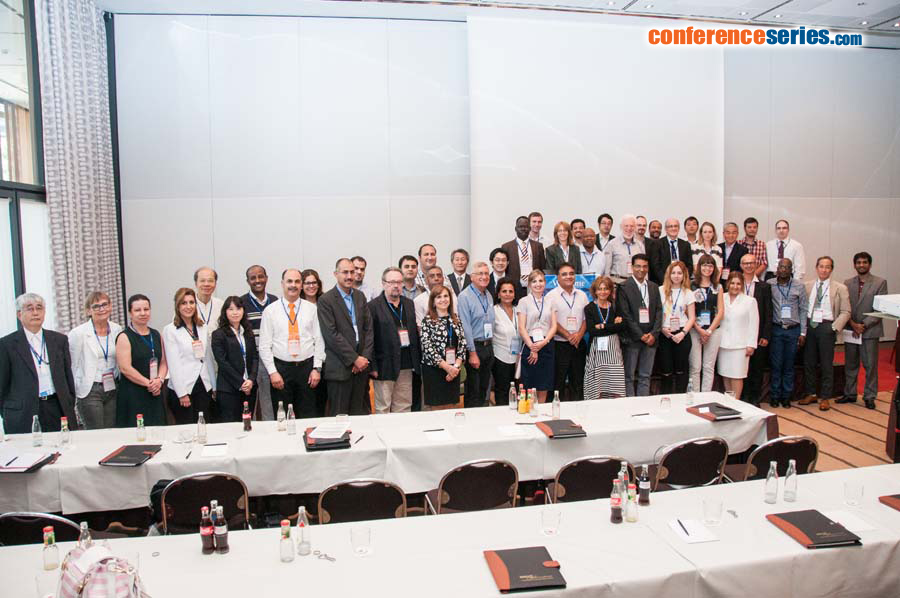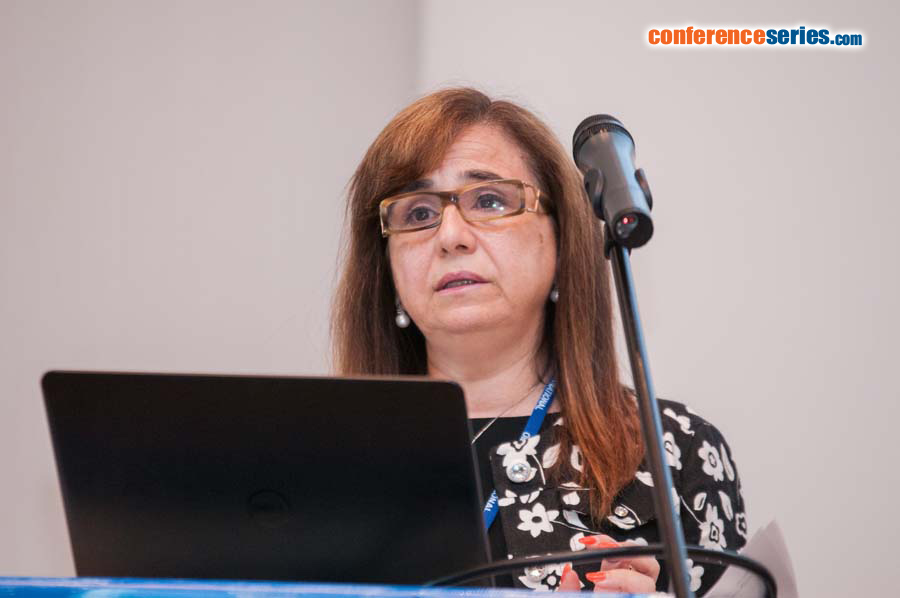
F Andreola
University of Modena and Reggio Emilia, Italy
Title: Recycling of wastes in traditional ceramic manufacturing
Biography
Biography: F Andreola
Abstract
The progressive increase in wastes requires not only measures to reduce their generation, but also recycling and reuse. In this regard, the European directives concerning waste, Directives 2006/12/CE and.2008/98/CE, are oriented to transform the European Union into a “recycling society” that attempts to avoid the generation of waste and promotes their use as a resource. Inorganic wastes in Europe are estimated more than 1,500 million tonnes/year and traditionally they have been disposed of in landfills. Alternative ways of reuse or recycling of non-hazardous inorganic waste should be investigated and implemented. On the other hand, traditional ceramic manufacturing requires massive amount of natural raw materials, which until few years were mainly based on the conventional system clay-silica-feldspar. Besides, natural raw materials used show a wide range of compositional variations and the resulting products are very heterogeneous. Therefore, such products can tolerate further compositional fluctuations and raw material changes, allowing different types of wastes to be incorporated into the internal structure of ceramic tiles and bricks as part of their own matrix. Nowadays, ceramic tile cycle works at zero emissions permitting to recycle within own manufacturing process all by-products and partially residues derived from depuration process and wastes coming from other productive cycles. In this review, will be described the state of art regarding the introduction of wastes in ceramic tiles and bricks manufacturing. Case studies of formulations using different percentages of alternative raw materials as waste glass, MSWI bottom ash, agro waste and polishing sludge are reported.
Speaker Presentations
Speaker PDFs
Speaker PPTs Click Here






